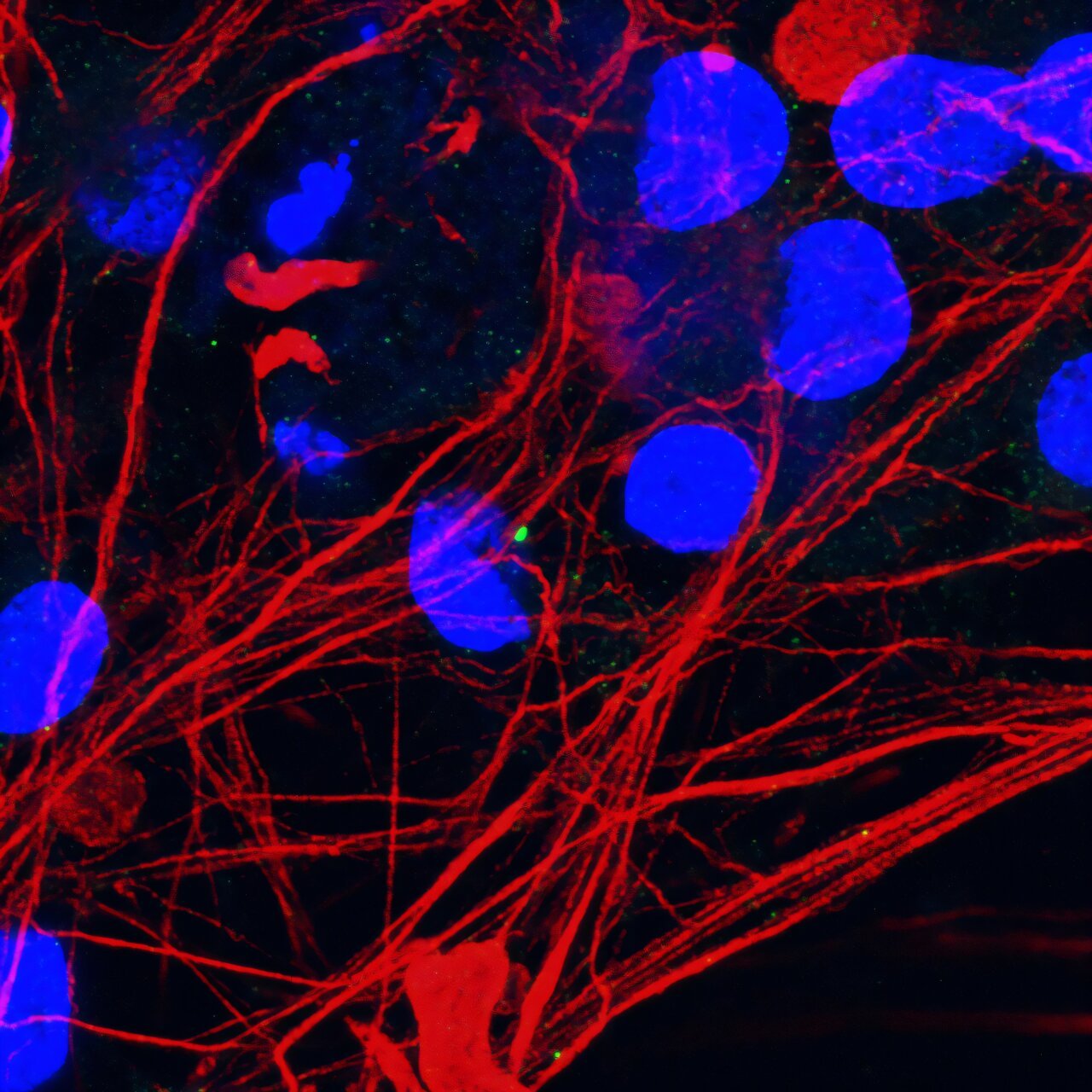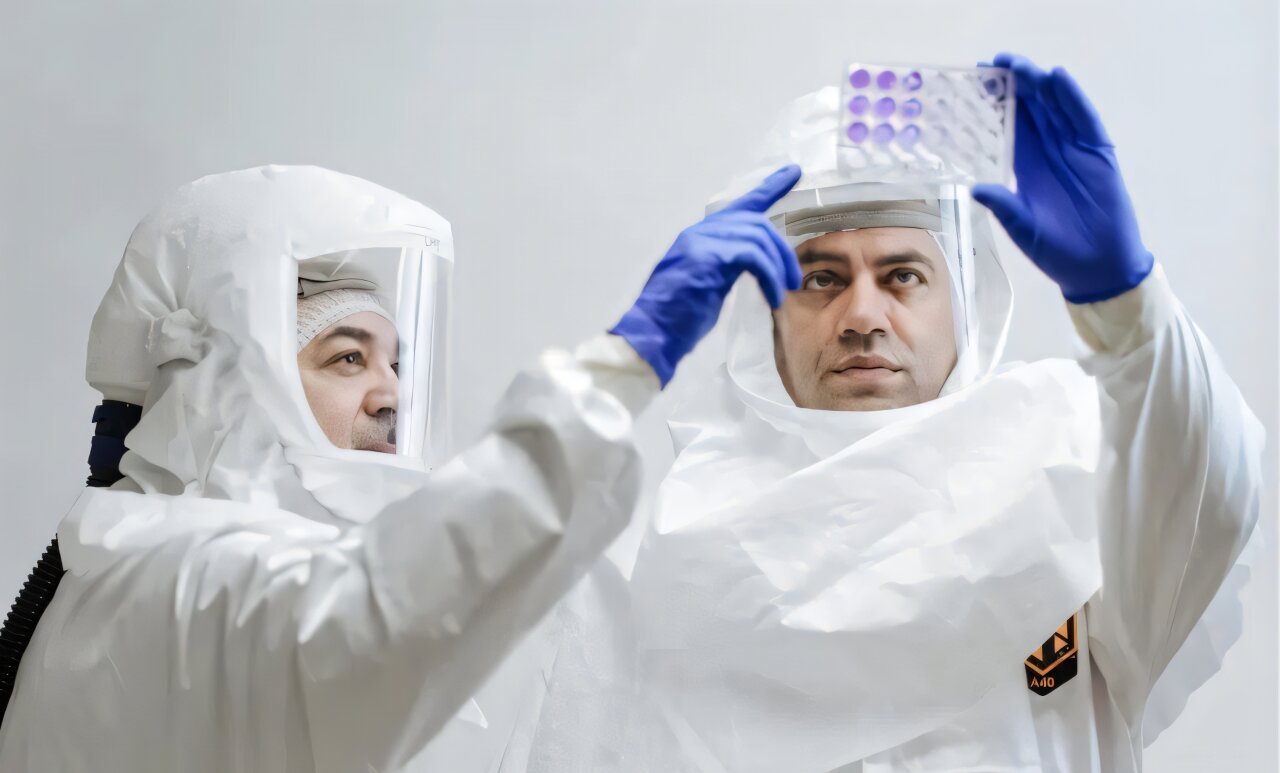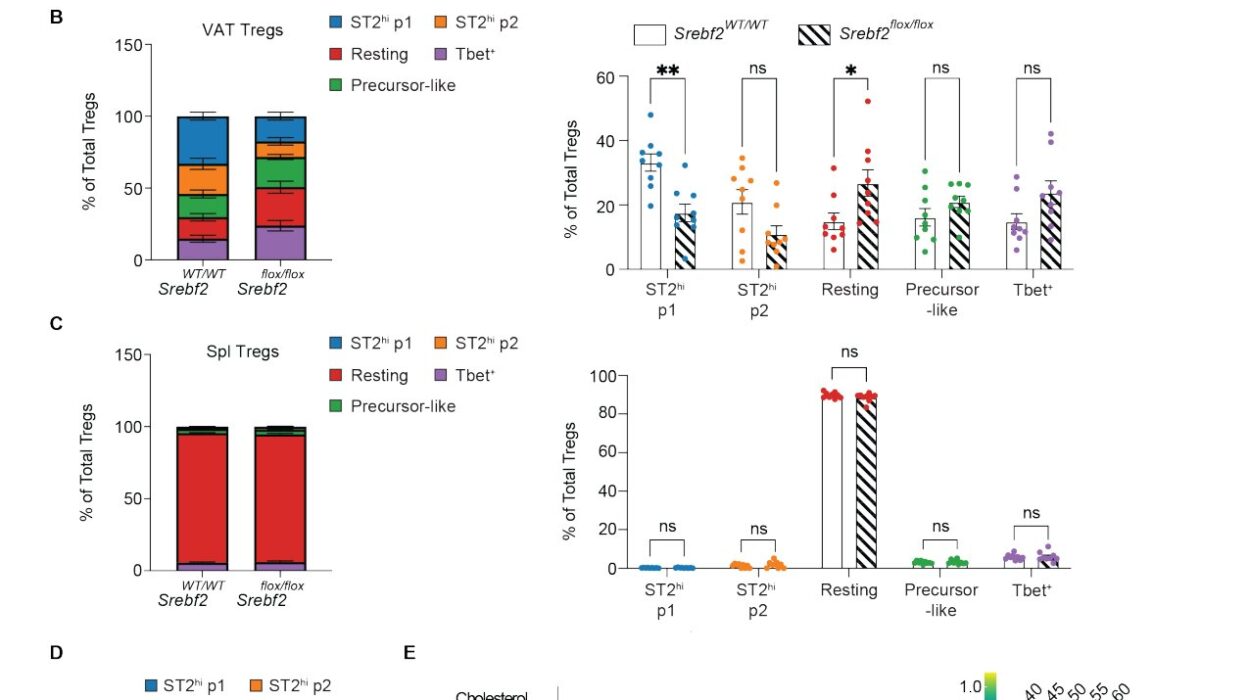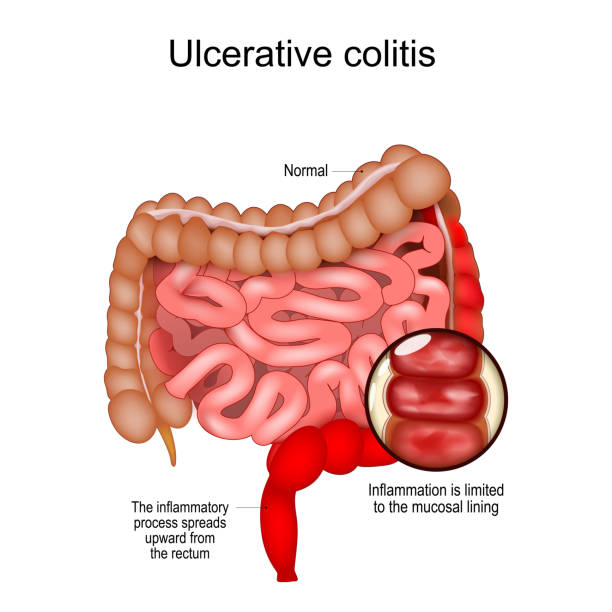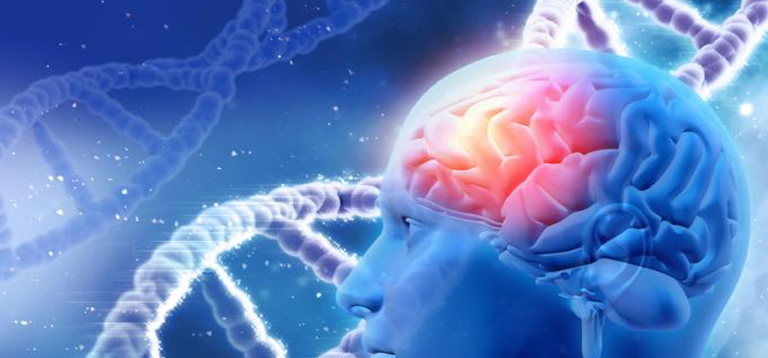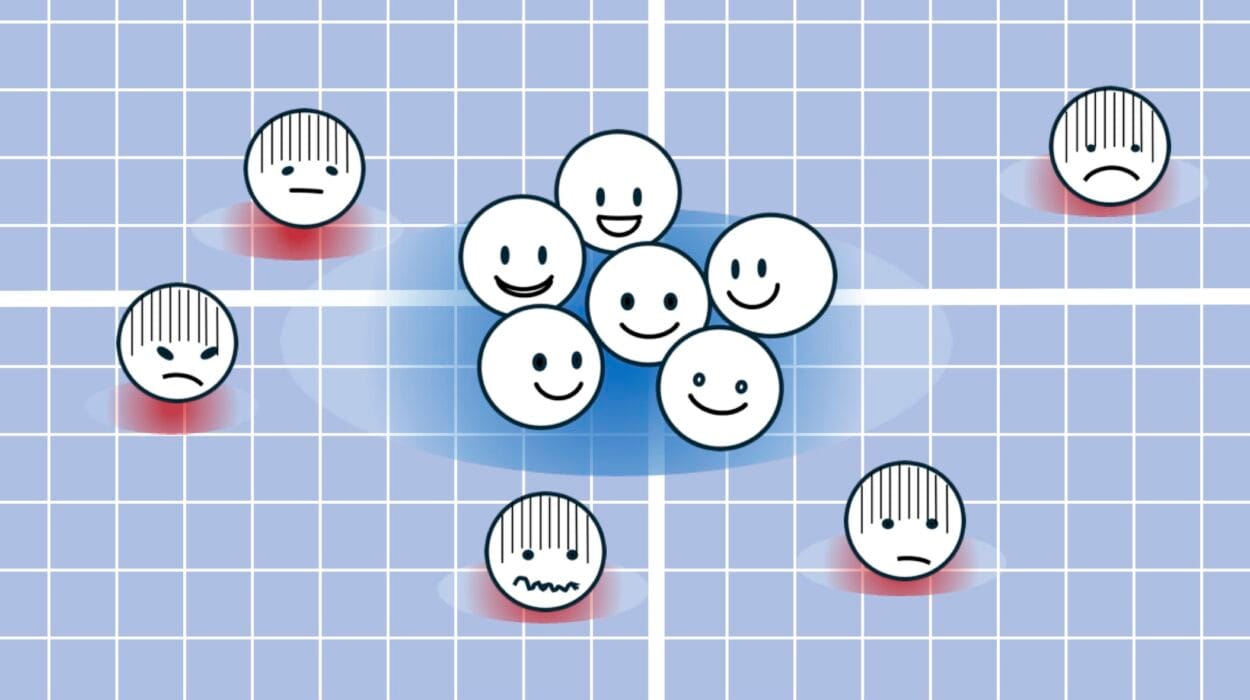Amyotrophic lateral sclerosis (ALS) is a life-altering and often devastating neurodegenerative disease that primarily targets motor neurons, which are the nerve cells responsible for controlling voluntary muscle movements. ALS, also referred to as Lou Gehrig’s disease, gradually weakens and paralyzes muscles, ultimately impairing a person’s ability to speak, swallow, and breathe. Tragically, the disease is almost always fatal, with patients typically surviving only two to five years after diagnosis.
While ALS has been studied for decades, the underlying causes of motor neuron death remain poorly understood. Scientists have been tirelessly working to uncover the mechanisms that drive the disease’s progression. However, despite numerous advances in research, there is still no effective treatment or cure for ALS. However, recent findings from a groundbreaking study conducted by researchers at KU Leuven and the VIB Center for Brain and Disease Research offer new hope for understanding the disease at a molecular level. This study, titled “C21ORF2 mutations point towards primary cilia dysfunction in amyotrophic lateral sclerosis,” sheds light on a previously underexplored aspect of cellular biology that could be crucial for both understanding and treating ALS: the dysfunction of primary cilia.
Primary cilia are tiny, antenna-like structures found on the surface of most cells. Though they were once considered redundant, primary cilia are now recognized as vital components of cellular signaling. These structures play a crucial role in receiving and processing signals from the environment, which are essential for maintaining normal cellular function and overall health. In particular, primary cilia help regulate pathways involved in cell growth, differentiation, and communication, all of which are critical in tissues like the nervous system. The study from KU Leuven and VIB suggests that malfunctioning primary cilia may contribute to the motor neuron degeneration seen in ALS, offering a new avenue for future therapeutic development.
The study builds on previous research from 2016 when an international team, led by Prof. Philip Van Damme at UZ Leuven and KU Leuven’s Neuroscience Department, identified the C21orf2 gene as being linked to ALS. C21orf2 mutations had already been implicated in ciliary dysfunction in other diseases, which prompted the researchers to investigate whether similar disruptions in cilia function could be contributing to ALS. In the new study, the team discovered that mutations in C21orf2 disrupted the formation and maintenance of primary cilia on motor neurons. The researchers found that motor neurons derived from ALS patients with C21orf2 mutations had fewer cilia, and the cilia that were present were abnormally short and structurally damaged. This damage to the cilia impaired their ability to properly transmit cellular signals.
Dr. Mathias De Decker, the first author of the study, explained that this structural damage to the primary cilia prevents the transmission of essential signals that are required for the health and function of motor neurons. One of the key pathways disrupted by this dysfunction is the Sonic Hedgehog (Shh) pathway, which plays a crucial role in maintaining the health of motor neurons and in forming neuromuscular junctions, the connections between nerves and muscles that are essential for muscle movement. When the Shh pathway is disrupted, motor neurons struggle to form these vital neuromuscular junctions, leading to the progressive paralysis characteristic of ALS.
In an exciting development, the researchers discovered that by restoring C21orf2 levels in cells with mutations, they could repair the damaged cilia and restore proper Shh signaling. This recovery of ciliary function led to the restoration of neuromuscular junction formation, offering hope that C21orf2 might represent a potential therapeutic target for ALS. In essence, by fixing the primary cilia dysfunction, the researchers were able to improve motor neuron health and function, suggesting a novel approach to treatment for the disease.
Moreover, the study revealed that the cilia defects were not limited to just the C21orf2 mutations. Similar defects were observed in motor neurons from ALS patients with mutations in one of the most common genetic causes of ALS, C9orf72. This finding suggests that primary cilia dysfunction could be a more widespread issue in ALS biology, affecting multiple genetic subtypes of the disease. The observation that ciliary defects are not confined to a specific ALS gene opens the door for further exploration into how these defects might contribute to the development and progression of the disease, regardless of the underlying genetic cause.
Prof. Philip Van Damme, a leading scientist in ALS research, commented on the significance of these findings, stating, “These observations raise many questions and open avenues for further research. Overexpression of C21orf2 could rescue the cilia defects and formation of neuromuscular junctions, suggesting that targeting primary cilia dysfunction could become a therapeutic strategy for ALS.” The implications of this research are vast, as the discovery of cilia dysfunction as a potential contributing factor in ALS could provide new insights into the disease’s progression and open up possibilities for therapeutic interventions aimed at restoring ciliary function in motor neurons.
The potential for therapeutic development targeting primary cilia is exciting for several reasons. For one, primary cilia are present in almost all cells in the body, making them an appealing target for therapies that could potentially address not just ALS, but other neurodegenerative diseases as well. Cilia dysfunction has been implicated in various conditions, including polycystic kidney disease, retinal degeneration, and other ciliopathies, suggesting that therapies aimed at restoring proper ciliary function could have broader applications beyond ALS.
While the road to developing effective treatments based on these findings is still long, the study represents a critical step forward in ALS research. The identification of primary cilia dysfunction as a key mechanism in motor neuron degeneration provides a new perspective on the disease and a potential target for therapeutic development. As research in this area progresses, it is hoped that new therapies may emerge that can either halt or slow the progression of ALS, offering hope to patients and families who are currently facing this devastating disease.
Reference: Mathias De Decker et al, C21ORF2 mutations point towards primary cilia dysfunction in ALS, Brain (2024). DOI: 10.1093/brain/awae331
